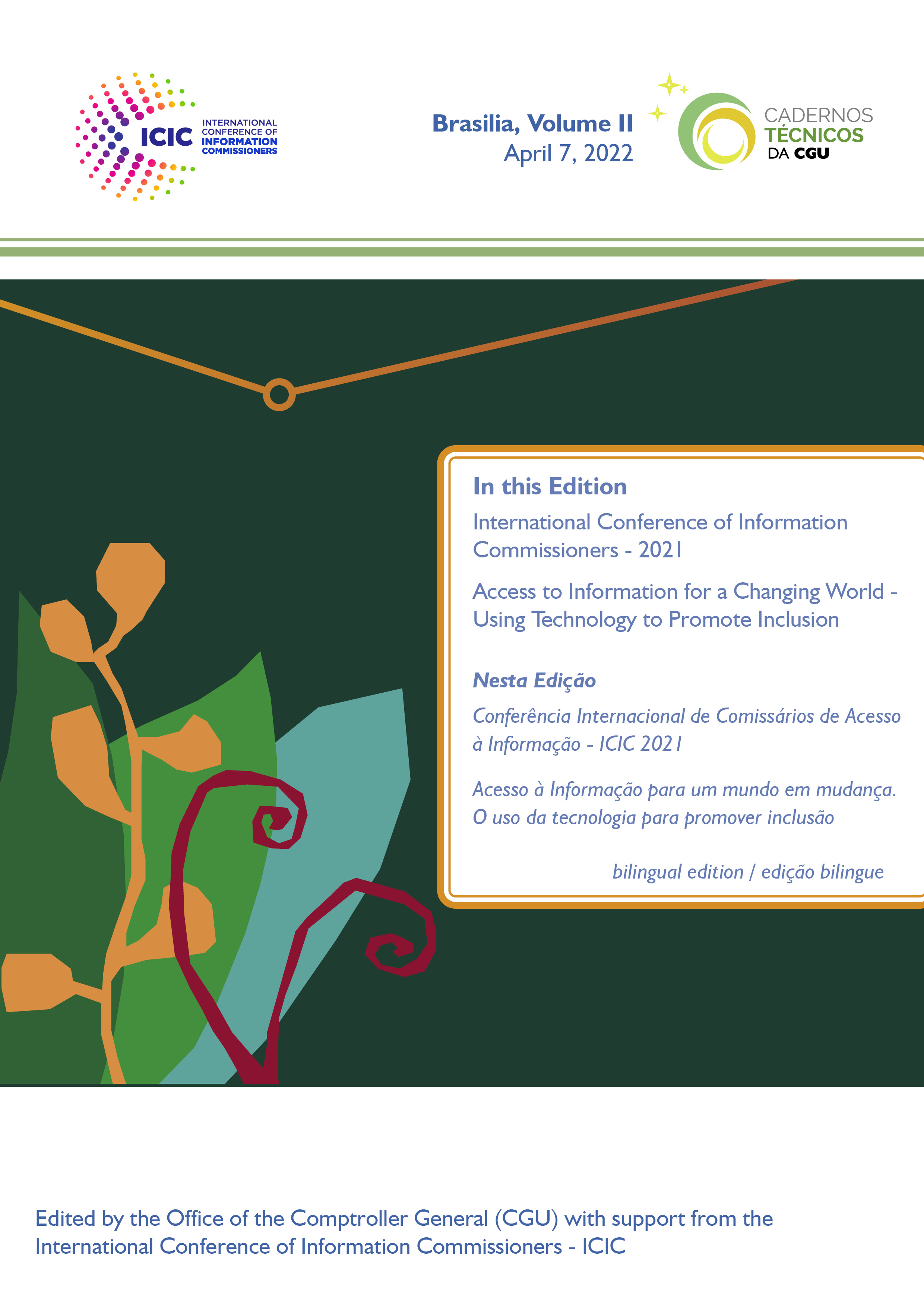ACESSO À INFORMAÇÃO SOBRE ÁREAS CONTAMINADAS NO ESTADO DE SÃO PAULO: UMA ANÁLISE SOB A ÓTICA DO PRINCÍPIO 10 DA ECO-92 E DE LEGISLAÇÕES DE TRANSPARÊNCIA
Palavras-chave:
Transparência p´ública, Acesso à Informação, Controle social, Princípio 10 (P10) da Declaração do Rio Sobre Meio Ambiente e Desenvolvimento, Companhia Ambiental do Estado de São Paulo (Cetesb)Resumo
A Companhia Ambiental do Estado de São Paulo (Cetesb) é a agência responsável pelo desenvolvimento de ações de controle, licenciamento, fiscalização e monitoramento das atividades potencialmente poluidoras no Estado. Como tal, precisa seguir normas específicas, inclusive aquelas relacionadas à garantia do acesso às informações ambientais - preconizadas em legislações diversas, como na Lei Federal 12527/2011, conhecida como Lei de Acesso à Informação (LAI), e no Princípio 10 da Declaração do Rio Sobre Meio Ambiente e Desenvolvimento (P10). A partir de revisão bibliográfica sobre a temática e de análise documental, esta pesquisa promoveu estudo de caso do portal da Cetesb, especialmente analisando as informações disponibilizadas no menu destinado à divulgação de dados sobre as áreas contaminadas. Concluiu-se, através de pesquisa quali-quantitativa e descritiva, que o referido site não atende plenamente ao Princípio 10, já que, dos 13 tópicos da LAI diretamente associados à temática, 5 (40%) foram atendidos integralmente, 4 (30%), parcialmente, e 4 (30%) não foram atendidos. Os pontos mais críticos dizem respeito ao não cumprimento de critérios de transparência ativa e à falta de mecanismos de incentivo à participação e ao controle social.
Downloads
Publicado
Edição
Seção
Licença
Copyright (c) 2022 Cadernos Técnicos da CGU

Este trabalho está licenciado sob uma licença Creative Commons Attribution 4.0 International License.
The Cadernos Técnicos da CGU follows a Creative Commons Attribution 4.0 International (CC BY) License, which allows the use and sharing of published works, provided that credit is given to authors and sources. .
We highlight some essential and non-exhaustive points related:
- Submission of the contribution implies a commitment not to submit it to another journal and authorizes, if approved, its publication.
- Submission of the contribution also implies that the authors agree to the publication, without resulting in remuneration, reimbursement or compensation of any kind.
- The published works are the responsibility of the authors, not necessarily representing the opinion of the Cadernos Técnicos da CGU.
- Liability for possible or notgoing to be criminal, fraud or inaccuracies is the responsibility of the authors.
- The person responsible for the submission declares, under the penalties of the Law, that the information about the authorship of the work is absolutely complete and true.

